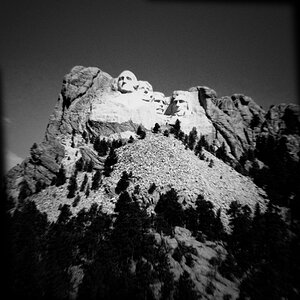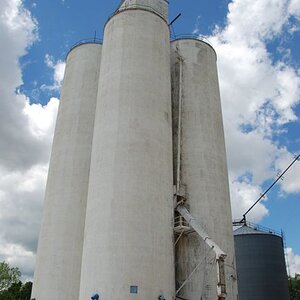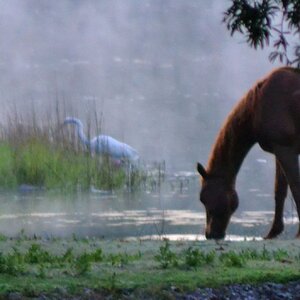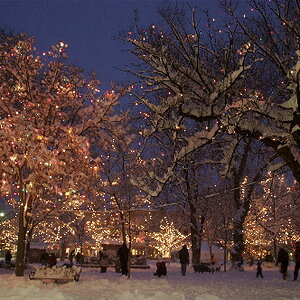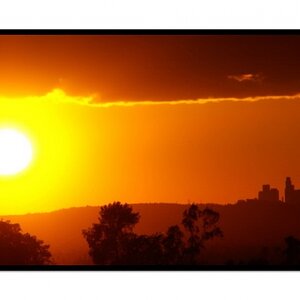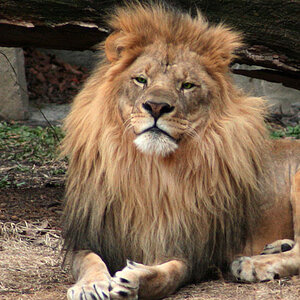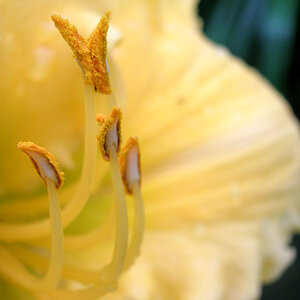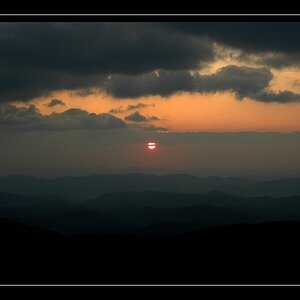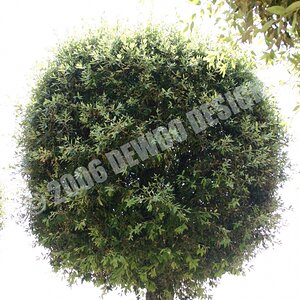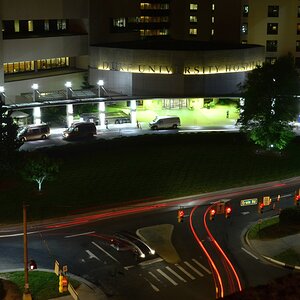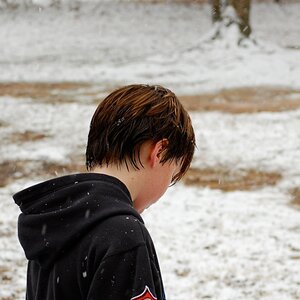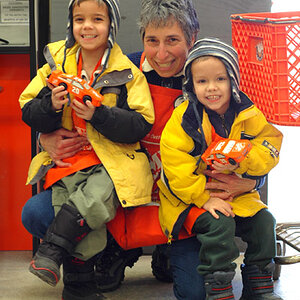Stacy Morin
TPF Noob!
I have been trying to master Back Button Focusing, quite honestly my camera has been in it for 3 or so years. All of which I have been unsure as to how and why it is supposed to give you the sharpest possible pictures. (I have yet to find that to be true-sigh)
I also recently enrolled in a course through Better Photography for my Nikon D7000 camera. In the notes the instructor made mention that Matrix metering is not ideal for BBF. I asked him about it and this is what he wrote me back:
"Hi Stacy,
Matrix metering takes a number of factors into account when calculating the exposure, including the scene brightness, the scene's contrast level, colours and information from the autofocusing system; therefore if you meter using Matrix from one scene and then lock the exposure using the AE-L feature before re-composing to shoot an alternative scene you may well find that the exposure for the second scene is not accurate. The AE-L feature works most reliably with either Spot, or Center-weighted metering,as these do not integrate information from the autofocusing system, and they are not colour sensitive."
Do you all agree with this and find it to be true? I also still struggle what "re-compose" the shot means. Can someone hear explain? Thanks!
I also recently enrolled in a course through Better Photography for my Nikon D7000 camera. In the notes the instructor made mention that Matrix metering is not ideal for BBF. I asked him about it and this is what he wrote me back:
"Hi Stacy,
Matrix metering takes a number of factors into account when calculating the exposure, including the scene brightness, the scene's contrast level, colours and information from the autofocusing system; therefore if you meter using Matrix from one scene and then lock the exposure using the AE-L feature before re-composing to shoot an alternative scene you may well find that the exposure for the second scene is not accurate. The AE-L feature works most reliably with either Spot, or Center-weighted metering,as these do not integrate information from the autofocusing system, and they are not colour sensitive."
Do you all agree with this and find it to be true? I also still struggle what "re-compose" the shot means. Can someone hear explain? Thanks!


